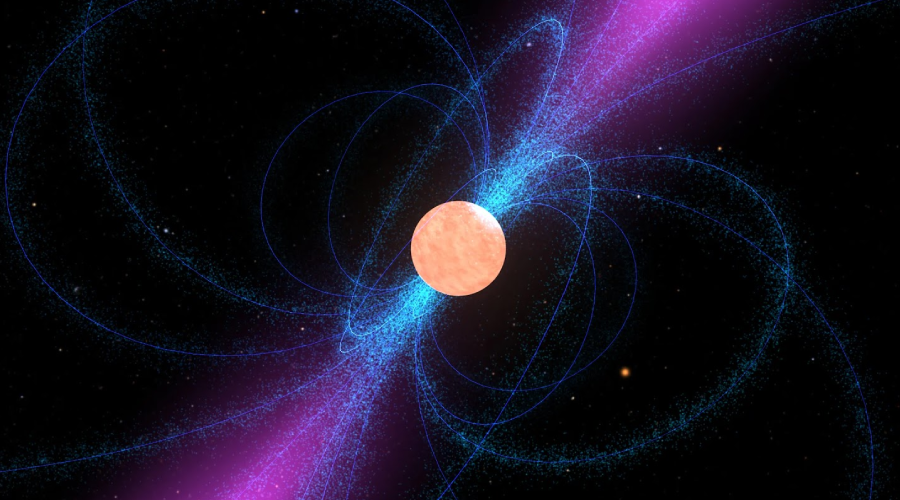In the vast expanse of the universe, where countless celestial objects capture our imagination, pulsars stand out as some of the most extraordinary and enigmatic. These cosmic lighthouses, renowned for their precise, rhythmic beams of radiation, are a subtype of neutron stars, themselves the remnants of massive stars that have met their explosive end in a supernova. Pulsars have captivated astronomers and astrophysics enthusiasts alike for decades, offering unique insights into the mysteries of the cosmos. In this article, we will delve into the fascinating world of pulsars, exploring their discovery, characteristics, and the pivotal role they play in our understanding of the universe.
Discovery of Pulsars:
Pulsars burst onto the astronomical scene in 1967, thanks to the pioneering work of British astrophysicist Jocelyn Bell Burnell and her advisor, Antony Hewish. Using a radio telescope, Bell Burnell observed regular bursts of radio waves coming from a single point in the sky. These bursts occurred with incredible precision, like a cosmic metronome. Initially, they were dubbed “LGM” for “Little Green Men,” as they were considered a potential signal from extraterrestrial civilizations. However, further research revealed that these signals were natural phenomena, and they were renamed pulsars, short for “pulsating stars.”
Pulsar Characteristics:
Pulsars are a subtype of neutron stars, which are incredibly dense remnants of massive stars. What sets pulsars apart is their rapid rotation, often spinning several hundred times per second. This high rotational speed is a consequence of the conservation of angular momentum during the star’s collapse. As the star’s core shrinks, it spins faster, just as a figure skater spins faster when pulling in their arms.
The rotation of a pulsar is not only fast but also remarkably stable, allowing them to serve as precise cosmic timekeepers. Some pulsars rival atomic clocks in accuracy, making them invaluable tools for astronomers studying a wide range of cosmic phenomena.
Pulsar Emission Mechanism:
The characteristic beams of radiation emitted by pulsars are a result of their intense magnetic fields and rapid rotation. These beams act like cosmic lighthouses, sweeping through space like a spotlight. When a pulsar’s beam crosses Earth’s line of sight, it is detected as a brief pulse of radiation. If the beam points away from Earth, the pulsar remains invisible.
The exact mechanism responsible for generating these beams is still an active area of research. It is believed to involve charged particles accelerated along the magnetic field lines of the pulsar, emitting radiation in the process.
Pulsars as Tools:
Pulsars are not only fascinating cosmic phenomena but also invaluable tools for astronomers. Their incredibly stable rotation periods make them precise natural clocks, which are used to study a variety of astrophysical phenomena. Pulsars have been instrumental in confirming the existence of gravitational waves, as changes in the arrival times of pulsar pulses can be used to detect the passage of gravitational waves through space.
Additionally, the study of pulsars has contributed to our understanding of fundamental physics. Observations of pulsars in binary systems have provided evidence for the existence of exotic objects like black holes and white dwarfs.
Pulsars, with their rhythmic precision and cosmic timekeeping abilities, continue to inspire and challenge astronomers and astrophysicists. They are reminders of the boundless wonders of the universe and the ongoing quest to unravel its mysteries. From their serendipitous discovery to their pivotal role in confirming Einstein’s theory of general relativity and detecting gravitational waves, pulsars stand as testament to the power of human curiosity and ingenuity. As we peer into the depths of space, these cosmic lighthouses illuminate our understanding of the cosmos, one precise pulse at a time.


